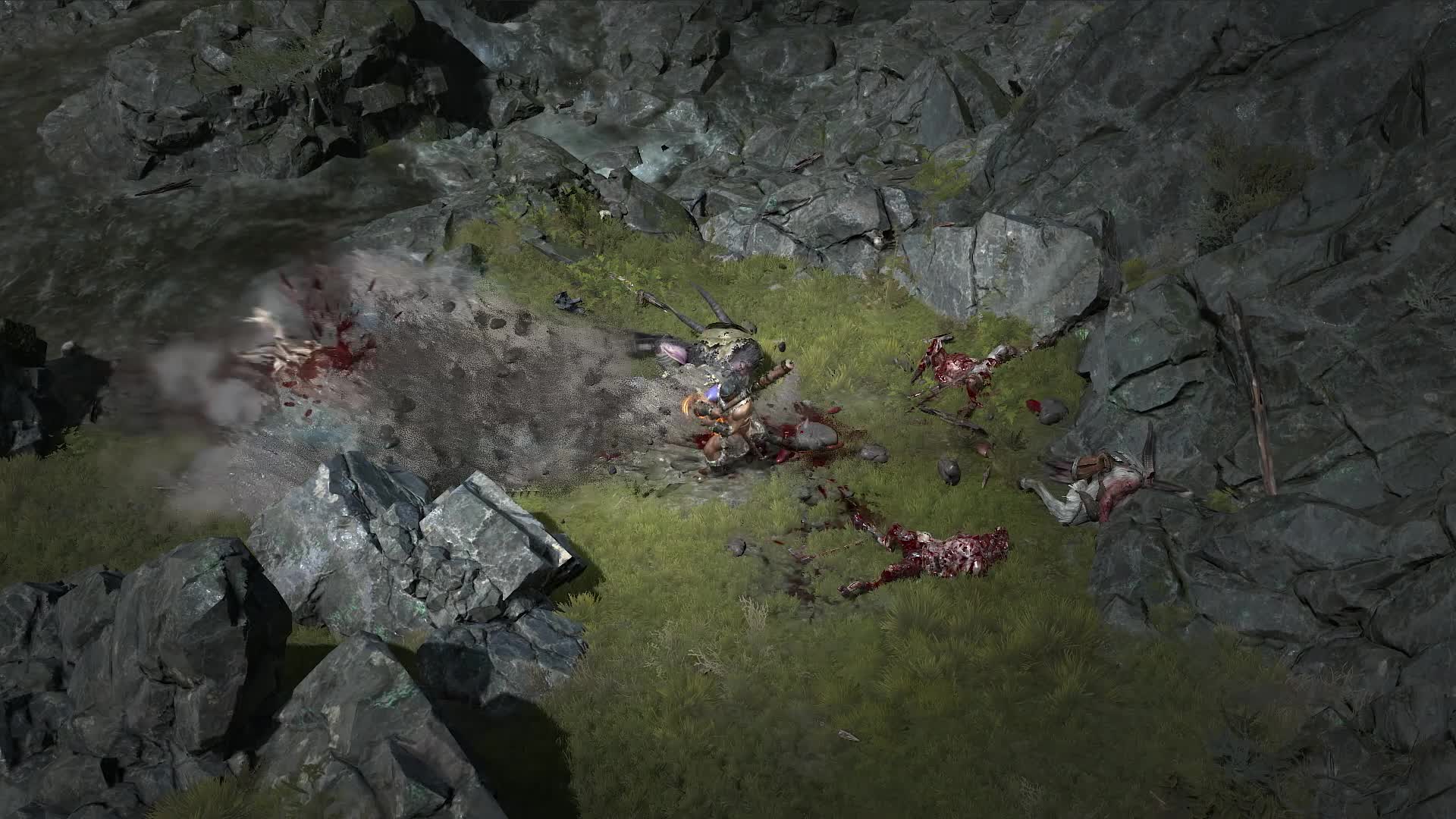

D II kept dungeons around as set pieces spread around its huge overworlds. Traditionally, monsters spawn in dungeons, just like you were taught in AP Biology. One of the most surprising choices the game made was where it spawned monsters. D II didn't hold your hand or mark your destination on its minimap rather, it forced you to run hither and yon, exploring its rogue-like world and drawing the ire of its hordes of monsters. The character has a vague sense that they left it in their forge, which was in a monastery (I always go to church to find a hammer), but you'd have to go find the monastery, then figure out where you'd put a hammer inside of it (behind a giant monster, it turns out). For instance, you might be told to find a character's hammer. Even though Diablo II starts in fantasy's traditional medieval European setting, it moves all over a world which pulls inspiration from ancient Egypt and Central American civilizationsīlizzard It's like they started with a plan for five games, then made them all at once.ĭiablo has relatively few quests (just six per act, with only five acts), and they usually start very open-endedly. Gone were the claustrophobic hallways of Gauntlet, replaced by huge open fields, mountains, and jungles. The varied settings of Diablo II were revolutionary for the genre. You know for a fact that the peasants in action RPG got jobs as extras in Dungeons and Dragons games.

The worlds of these games were also almost always the same - the medieval European setting we've all seen a hundred times. Games like Gauntlet and the original Diablo didn't afford players options about where to go - just into the next room or deeper into the dungeon.

There was rarely any benefit to backtracking. If you wanted to fight monsters, you'd have to go to the farthest room you'd reached. There were only really two kinds of areas - the safe zones of your home base and the treacherous dungeon areas where monsters spawned.


 0 kommentar(er)
0 kommentar(er)
